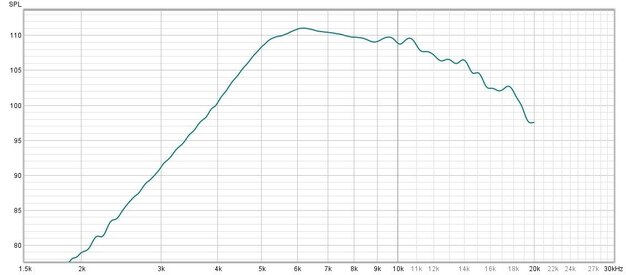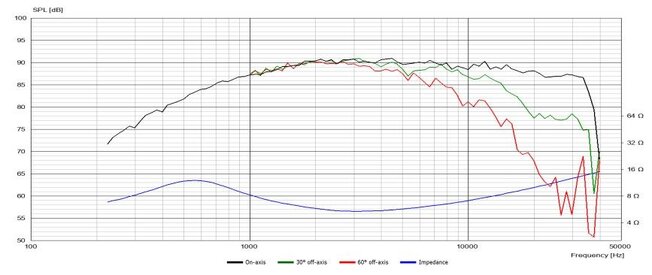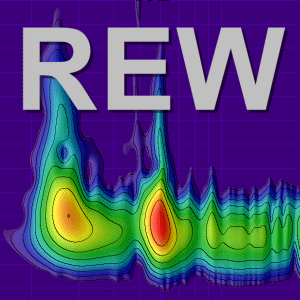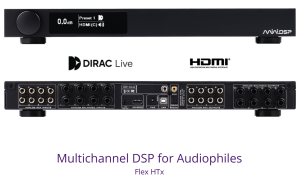Robert Johansson
Registered
Thread Starter
- Joined
- Oct 30, 2020
- Posts
- 14
Hello all!
Has anybody got a clue what it is that might be wrong if my measurements always drops too early? They are never straight up too 20kHz. I have tested with many different tweeters that i know is linear to above 20kHz but in REW with calibrated Umik2 and sample set at the same (48kHz but tried different) on both microphone and REW and D/A converter (optical out from macbook to Hegel D/A)
I have tested different amps and cables as well. Can it be a faulty calibration file? Many thanks for any help in advance and sorry if this question has come up before.

Has anybody got a clue what it is that might be wrong if my measurements always drops too early? They are never straight up too 20kHz. I have tested with many different tweeters that i know is linear to above 20kHz but in REW with calibrated Umik2 and sample set at the same (48kHz but tried different) on both microphone and REW and D/A converter (optical out from macbook to Hegel D/A)
I have tested different amps and cables as well. Can it be a faulty calibration file? Many thanks for any help in advance and sorry if this question has come up before.
















